Related Research Articles
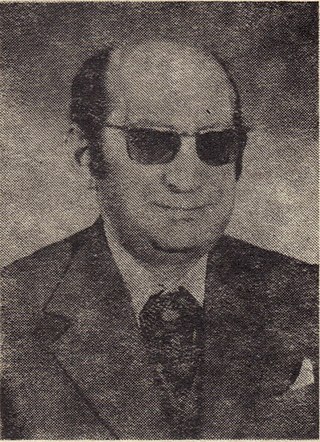
Zigu Ornea was a Romanian cultural historian, literary critic, biographer and book publisher. The author of several monographs focusing on the evolution of Romanian culture in general and Romanian literature in particular, he chronicled the debates and meeting points between conservatism, nationalism, and socialism. His main early works are primarily dedicated to the 19th and early 20th century cultural and political currents heralded by Junimea, by the left-wing ideologues of Poporanism and by the Sămănătorul circle, followed independently or in relation to one another. Written as expansions of this study were Ornea's biographical essays on some of the period's leading theorists: Titu Maiorescu, Constantin Dobrogeanu-Gherea and Constantin Stere.
Horia-Răzvan Gârbea or Gîrbea is a Romanian playwright, poet, essayist, novelist and critic, also known as an academic, engineer and journalist. Known for his work in experimental theater and his Postmodernist contributions to Romanian literature, he is a member of the Writers' Union of Romania (USR), its public relations executive and the head of its Bucharest chapter. Also recognized for his contribution to Romanian humor and his essays, he has published regularly in journals such as Contemporanul, Luceafărul, Ramuri, and Săptămâna Financiară. His career in the media also covers screenwriting for Romanian television stations and the popularization of contract bridge. The author of several scientific works on engineering, Gârbea is also a faculty member at the University of Agronomical Sciences and Veterinary Medicine.

Viaţa Basarabiei is a Romanian-language periodical from Chişinău, Moldova. Originally a literary and political magazine, published at a time when the Bessarabia region was part of Romania, it was founded in 1932 by political activist Pan Halippa and writer Nicolai Costenco. At the time, Viaţa Basarabiei was primarily noted for rejecting the centralism of Greater Romanian governments, to which they opposed more or less vocal Bessarabian regionalist demands and a nativist ethos.
Alexandru Robot was a Romanian, Moldovan and Soviet poet, also known as a novelist and journalist. First noted as a member of Romanian literary clubs, and committed to modernism and the avant-garde, he developed a poetic style based on borrowings from Symbolist and Expressionist literature. Also deemed a "Hermeticist" for the lexical obscurity in some of his poems, as well as for the similarity between his style and that of Ion Barbu, Robot was in particular noted for his pastorals, where he fused modernist elements into a traditionalist convention.
Constantin Mâțu was a Romanian journalist and lawyer from Chișinău, Bessarabia. He served as the president of Journalists and Lawyers Association in Bessarabia during the interwar period.
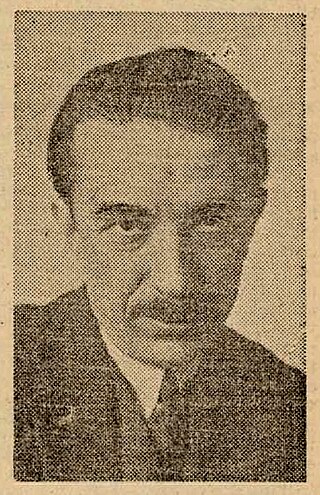
Dem. Theodorescu was a Romanian journalist, humorist, and critic, remembered for his social-themed novels but also for his controversial political stances. A committed opponent of the National Liberal Party establishment, Theodorescu frequented the avant-garde and socialist circles. During World War I, he transformed himself into a supporter of the Central Powers, and lived the occupation of Romania as a collaborationist. Like his friend Tudor Arghezi, he was imprisoned on a verdict of treason, but pardoned in December 1920.
Gaudeamus is a novel written in 1928 by the Romanian writer Mircea Eliade, portraying him at college during the Interbellum. It was only published as a single volume in 1989. It is the sequel to Diary of a Short-Sighted Adolescent, which is based on Eliade's time in high school.

Barbu Solacolu was a Romanian poet, translator, civil servant and social scientist. Born into a prosperous and intellectual family, he became a late affiliate of the Symbolist movement, bringing to it his own leftist sympathies and agrarianism. Despite spending the early stages of World War I among non-interventionists such as Alexandru Bogdan-Pitești and Ioan Slavici, he eventually servd with distinctions as a cavalry commander, and also participated in the Hungarian–Romanian War. Solacolu trained as an economist in Weimar Germany, returning to serve the Romanian state as a civil servant. He had a marginal presence in national politics, first with the Democratic Nationalist Party, as a disciple of Nicolae Iorga, and then as a leading member of the Agrarian Union Party. He was noted in local academia for his essays on Revisionist Marxism.
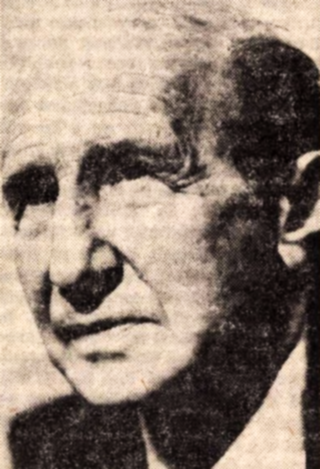
Dumitru Ion Suchianu, most often shortened to D. I. Suchianu or D.I.S., was a Romanian essayist, translator, economist and film theorist, also noted for his participation in politics. The son of a distinguished Armenian teacher-editor and his Romanian socialist wife, he was acquainted with, and inspired by, writer Ion Luca Caragiale, who visited his childhood home. Attending Iași's Boarding High School in the 1910s, he formed a lasting bond with Mihai Ralea. The two young men went on to study together at the University of Paris, where they earned their credentials as social scientists and political thinkers; Ralea also married Suchianu's sister Ioana. Their careers were tied to Viața Romînească magazine, put out by their mentor Garabet Ibrăileanu. It was here and in Adevărul newspaper that Suchianu made his reputation as a polemicist and essayist. His early writings tackled a variety of subjects, from political biographies and world affairs to legal history, a subject which also preoccupied him during his successive mandates at the Legislative Council. After 1927, he became directly involved in the ideological and aesthetic steering of Romanian cinema, as a columnist, film historian, censor, and eventually producer.

Aurel Baranga was a Romanian playwright and poet.
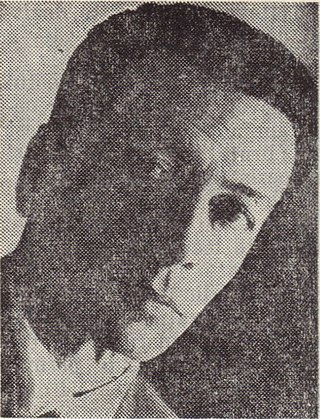
Geo Dumitrescu was a Romanian poet and translator.
Ițig Peltz or Isac Peltz was a Romanian prose writer and journalist.
Stephan Roll was a Romanian poet, editor, film critic, and communist militant. An autodidact, he played host to the Romanian avant-garde at his father's dairy shop, publishing his work in short-lived reviews and in two volumes of poetry. As one of the editors of the magazine unu, he turned from Constructivism, Futurism and jazz poetry to the more lyrical format of Surrealism. Roll's political radicalism seeped into his avant-garde activity, and produced a split inside the unu group; Roll's faction discarded Surrealism in favor of proletarian literature, and affiliated with the underground Romanian Communist Party.
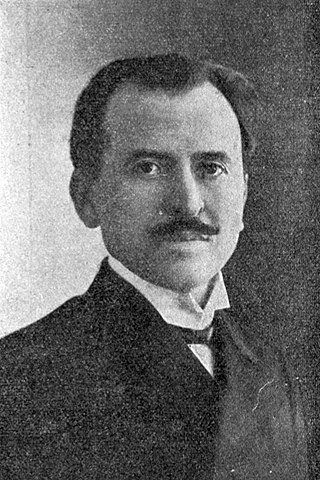
George Tutoveanu was a Romanian poet.
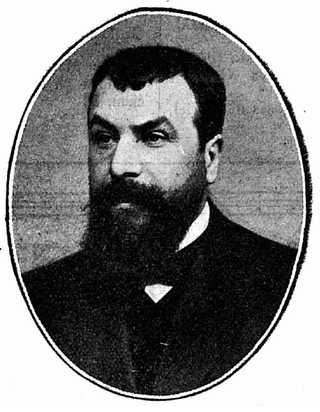
Vasile G. Morțun was a Romanian politician, playwright and prose writer.
Cicerone Theodorescu was a Romanian poet.
Constantin Fântâneru was a Romanian poet, prose writer and literary critic.
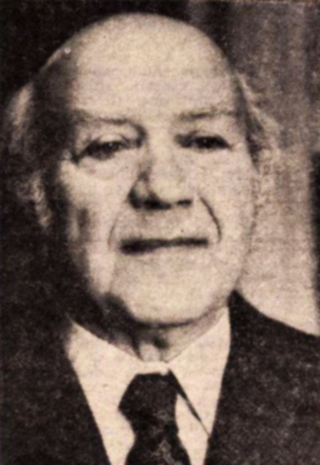
Dan Simonescu was a Romanian literary historian, bibliographer, folklorist, and librarian. His debut was in his late teens, when he accompanied C. Rădulescu-Codin during fieldwork in Muscel County, publishing his first contributions in the field of Romanian folklore. After graduating from the University of Bucharest in 1925, and publishing his first book, a collection of articles, in 1926, he became an assistant professor at his alma mater, and was also employed as a librarian by the Romanian Academy. Simonescu joined an editorial team headed by senior scholars Ioan Bianu and Nicolae Cartojan, and, in the 1930s and 1940s, became a major contributor to the collection and publication of old Romanian literature; he was also Cartojan's disciple, though the two disagreed on a parallel project, namely the publication of Mihail Kogălniceanu's collected works, with Simonescu favoring, and eventually putting out, a topical selection of Kogălniceanu's social-themed essays. His own first major contributions were his doctoral thesis, which explored court ceremonials in the Danubian Principalities, and a paper on the emergence of historiography in Early Modern Romania.
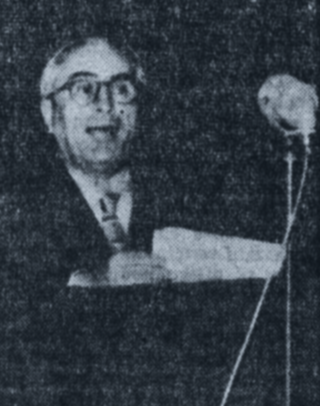
Vladimir or Vlad Cavarnali was a Bessarabian-born Romanian poet, journalist, editor, and political figure. Though his ethnic background was Bessarabian Bulgarian and Gagauz, he embraced Romanian nationalism and would not approve of separation between the Romanian and Bessarabian literary traditions. In his twenties, he debuted in politics with the National Liberal Party, before switching to the dissident fascist Crusade of Romanianism, and then to the far-right Romanian Front. By contrast, Cavarnali's poetic work was heavily indebted to the influence of Russian Symbolism, and especially to Sergei Yesenin—whose proletarian style he closely mirrored, after removing most of its political connotations. He was also a translator of Russian and more generally Slavic literature, earning praise for his version of Maxim Gorky's Mother.
References
- ↑ "Magazine Publishing Companies of Romania". Publishers Global. Retrieved 17 January 2015.
- ↑ Gabriel G. Stanescu. "Media markets after dictatorship". Presserecht. Retrieved 17 January 2015.
- ↑ "BP Publishing is Appointed New Publisher of Forbes Romania". Forbes. New York; Bucharest. 2 October 2012. Retrieved 17 January 2015.
- ↑ "GEO magazine now also published in Romania". G+J. Hamburg. 18 August 2003. Retrieved 17 January 2015.
- ↑ "National Geographic Kids Magazine to be Published by Sanoma Hearst Romania". National Geographic. Bucharest. 3 April 2012. Archived from the original on 18 January 2015. Retrieved 17 January 2015.
- ↑ Ana Bazac (2012). "Significances of an "Alternative" Health Care: The Health Column in a Romanian Post-Communist Popular Magazine". Journal of Contemporary Central and Eastern Europe. 20 (2–3): 151–169. doi:10.1080/0965156X.2013.782988. S2CID 153903191.
- 1 2 "Burda takes over Sanoma Hearst in Romania". Herbert Burda Media. Munich. 7 August 2013. Archived from the original on 5 May 2016. Retrieved 23 April 2016.